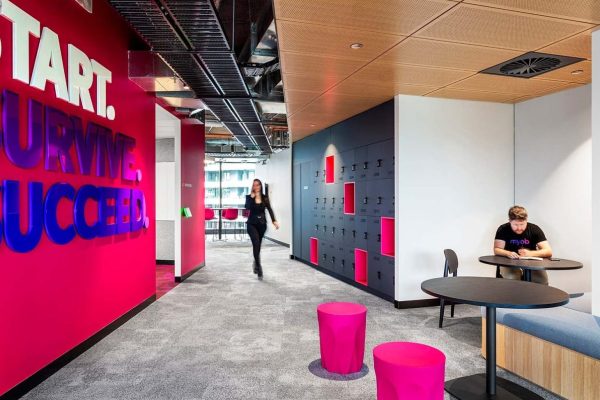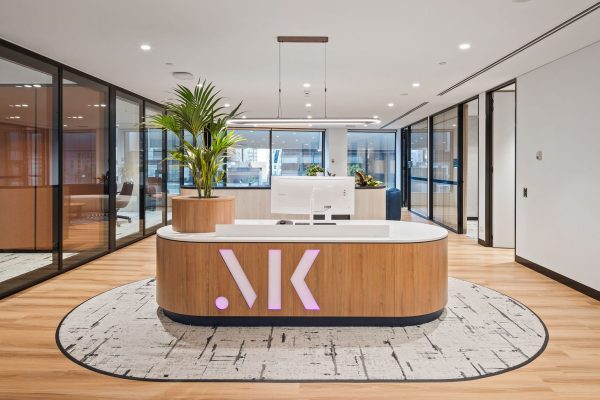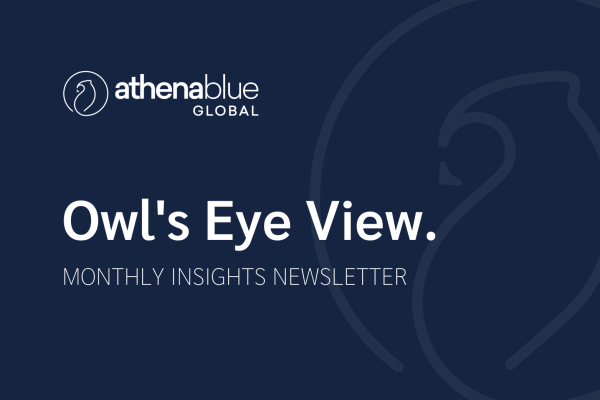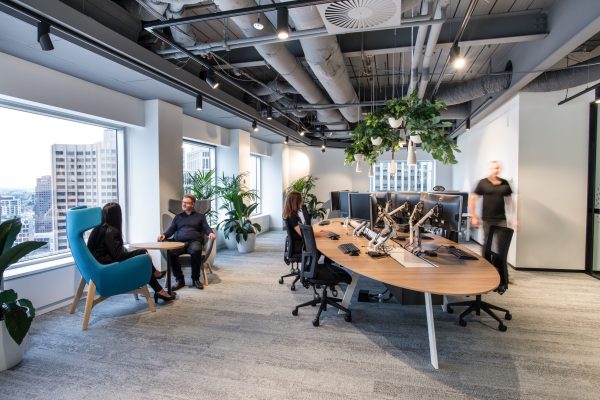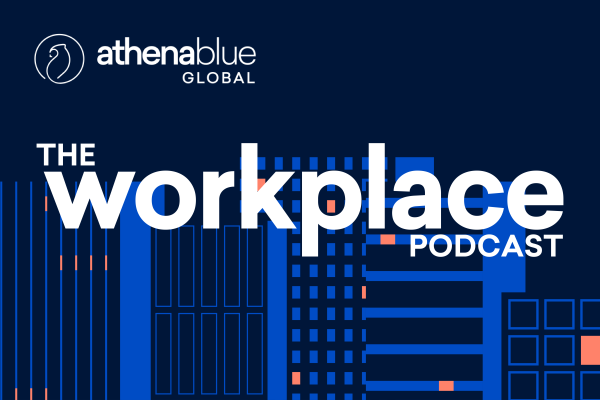Creating a collaborative and engaging workplace can be a quest. Every organisation, every team and every person is unique. Technology is evolving, and industries are in constant motion. Yet, there are universal patterns that characterise high-performance workplaces across different organisations and industries.
When leaders and are looking to improve the office environment and ways of working, it makes sense for them to combine their knowledge of the organisation with research-based insights. And sometimes they need to rely on assumptions, common sense, and gut feel – since not everything that matters can be feasibly calculated or measured.
Assumptions can sometimes be deceiving. To improve the chance of success of any workplace change initiative, it’s worth examining the ideas and beliefs that form the basis of the decision. ‘What do we assume to be true? What if the opposite is the case? Is it possible to find credible, research-based insights that could support or challenge our assumptions?’
Here are a handful of (perhaps) counterintuitive findings emerging from studies
01 – Will employees talk to each other more if they spend more time together?
Over the past decades, many organisations have replaced enclosed offices with open plans, with an anticipation that communication would increase within and across teams. However, when a workplace transformation project is carried out without a thoughtful strategy, and employees are deprived of privacy and a sense of control, they tend to develop coping mechanisms that hinder communication. They may opt to send emails instead of talking to colleagues, put on their headphones, or display other signals indicating they don’t want to be disturbed. One study found that after transitioning to open offices, firms experienced a roughly 70% decrease in face-to-face interactions. Put simply, people tend to engage better when they feel their boundaries are respected – which can certainly be also achieved in a flexible or open work environment.
02 – Should team members be able to interact all the time?
Increasing communication within teams is among the top objectives of today’s workplace change projects. While effective communication is no doubt critical for organisational success, too much interaction, as well as too little, can be problematic. As research suggests, when teams interact constantly while trying to solve a problem, they may miss some of the best solutions. .
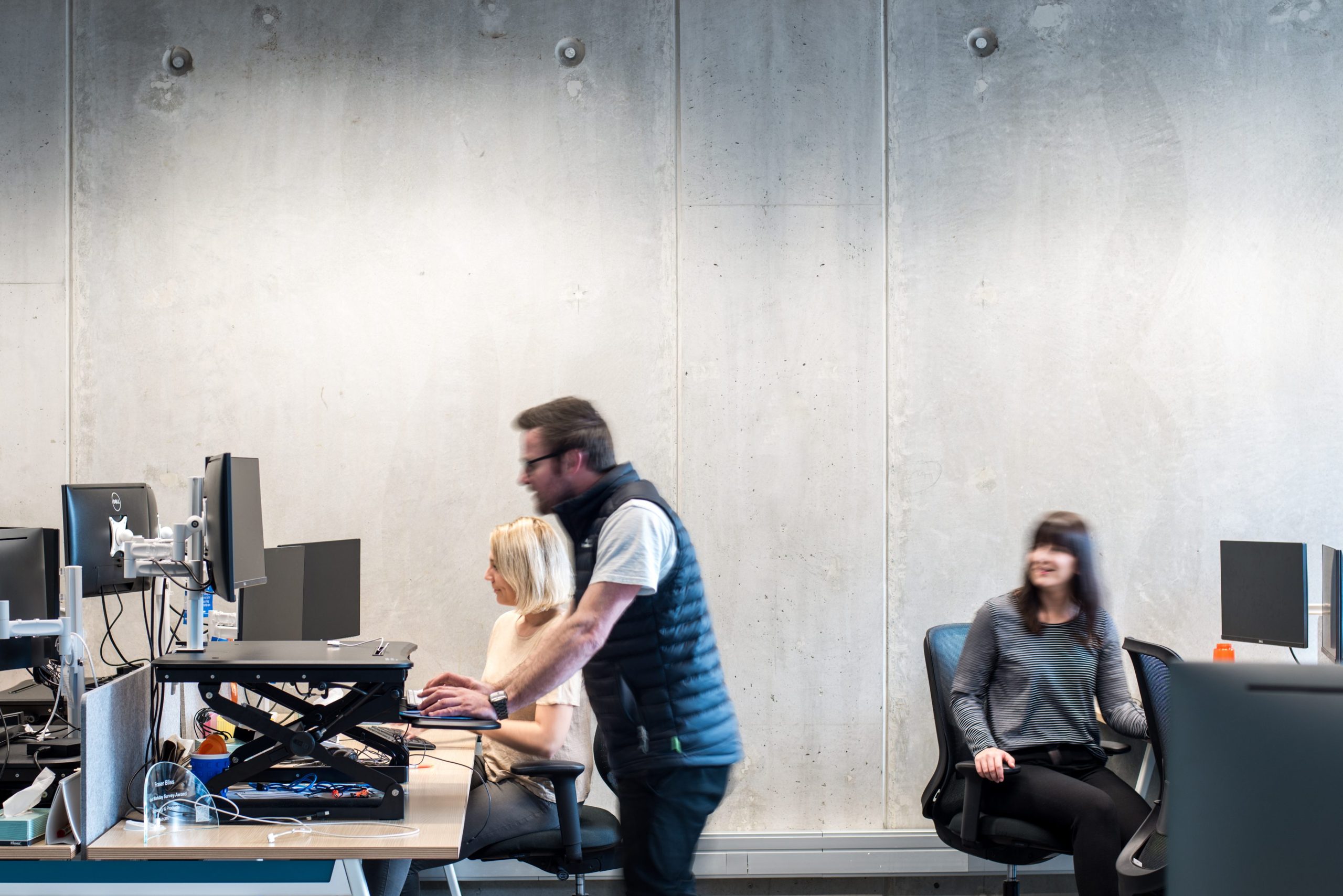
When members work in isolation, they may come up with a few excellent ideas, though the bulk of their ideas is likely to be of low quality
Teams communicating intermittently have the best chance to produce lots of high-quality ideas, including some exceptional ones. Intermittent communication enables all members to contribute, as even mediocre ideas are taken into consideration and can help make strong ideas stronger.
03 – Does teamwork need to be easy?
It’s comforting to be part of a team of like-minded people; in the absence of friction, progress can feel effortless. However, diverse teams – with members from a variety of educational, cultural and professional backgrounds – tend to be more successful at tackling complex problems. In innovative teams, members tend to frequently express opposing perspectives and engage in passionate debates.
Working though differences is far from easy, but leaders can make teamwork easier and more effective, through creating an environment where everyone feels valued, supported and safe. In an inclusive workplace that promotes diversity, members can more easily find the energy and motivation they need to turn their differences into strengths, and to overcome challenges together.
04 – Do we need to use modern tools for solving modern problems?
When a team faces an innovation challenge, it might seem like a common-sense approach to reach for a set of state-of-the-art, intelligent tools.
But is this really the best approach? Interestingly, product and tech design teams – who are among the most advanced users of modern technology – are also prolific users of traditional tools such as pen and paper, markers and whiteboards, and physical modelling tools. ‘Napkin sketches’ still prevail, and there’s science to this.
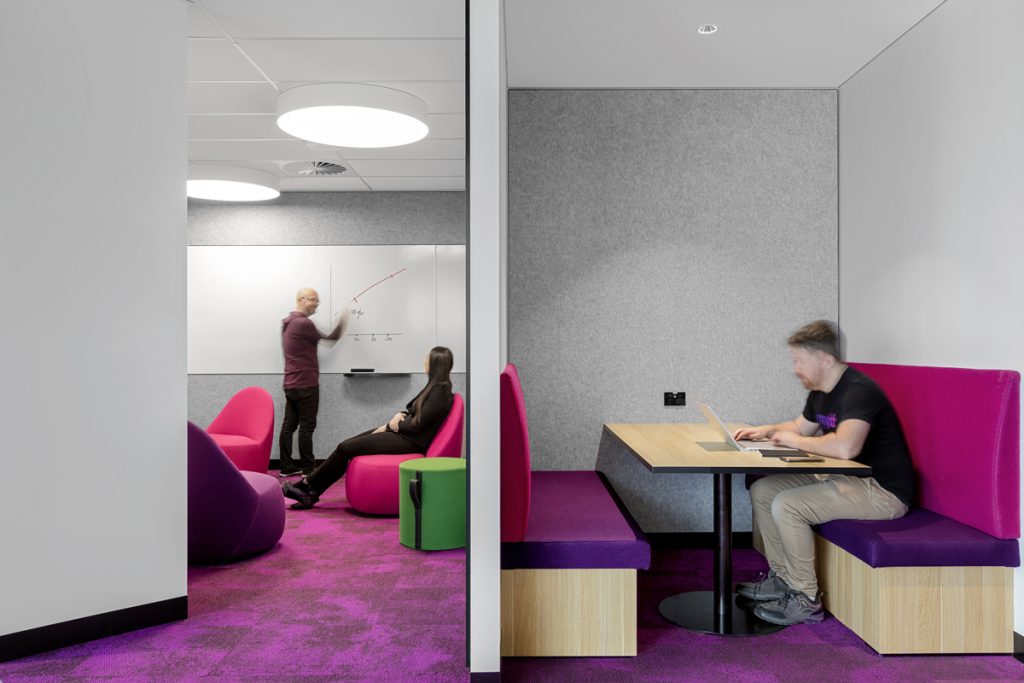
When you capture and develop an early idea through a hand-sketch, you feel free to explore any directions; there are no rules or barriers. Intelligent tools, on the other hand, can guard your thinking and entice you make all the details perfect straightaway, curtailing creative exploration.
Digital and tactile tools both play vital roles in solving today’s problems. However, it’s important to use them intentionally, ensuring that the chosen tools support ways of thinking and behaviours most beneficial for the specific task of project phase.
05 – When time is running out, should we communicate as efficiently as possible?
If everything is on track to meet a deadline, the goals and steps are clear, and individuals know exactly what they need to achieve, it makes perfect sense to keep communication to the point. But when there’s ambiguity around what needs to be achieved and how to get there, and the team can’t rely on existing processes, it’s more effective to tackle problems through creative collaboration – ideally, by bringing everyone together in person. While collaborative problem solving is inherently ‘inefficient’, often a single immersive session can lead to significant breakthroughs. In contrast, resorting to ‘quick’ emails and phone calls in complex, high-pressure situations can jeopardise efficiency, by creating misunderstandings and leaving certain issues unresolved.
In conclusion, while common-sense assumptions play a role in decision making, it’s essential to check if they hold up against credible research. Humans are intricate creatures, and workplaces are complex ecosystems. Employees often respond differently to workplace opportunities and initiatives than leaders reasonably expect. Similarly, counterintuitive strategies can sometimes lead to significant improvements in organisational performance – including enhanced collaboration, innovation, and employee engagement.
Athena Blue Global specialises in equipping leaders with the tools needed to make workplace decisions through our Vision & Strategy services. Contact us to learn more about building your next strategy for your workplace and people.


